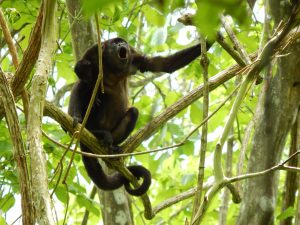Ceiba has spent two decades working to conserve Ecuador’s endemic species, stunning landscapes and fragile ecosystems by partnering with local landowners and incentivizing sustainability. The work is never ending, but it is rewarding and necessary. We are grateful to have an incredible staff in Ecuador, stationed in both Quito and at our Lalo Loor Dry Forest Reserve on the coast. We asked Amanda Ocampo, our Reserve Manager, to share why she works to conserve biodiversity in Ecuador.
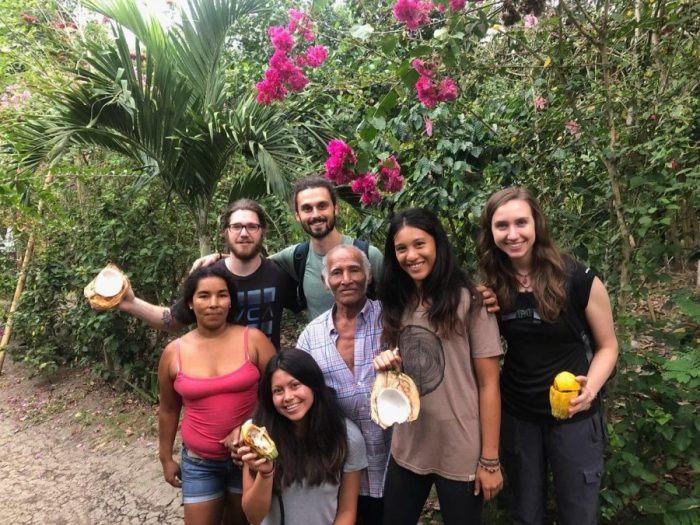
Amanda (center, brown shirt) enjoying fresh coconut with local farmers and Ceiba interns
“This may be a tiny country in South America, but it is bursting with biodiversity and cultural vibrancy like nowhere else in the world. Comprised of four different regions: the Andean highlands, the Amazon jungle, and the coastal lowlands, plus the historic and wildlife-rich Galapagos islands, it is hard to believe that you are in just one country. Ecuador is home to 14 different indigenous cultures — and the local cuisine is about as diverse as its landscapes, varying region to region.
To be able to work in conservation in Ecuador is very rewarding. With pressing environmental threats such as deforestation, climate change, and economic industrial growth, natural resources are disappearing at alarming rates globally. Taking part in collaborative projects that use conservation and sustainable management practices alongside local communities in Ecuador, one of the most biodiverse places in the world, gives me a way to combat these destructive practices directly.”
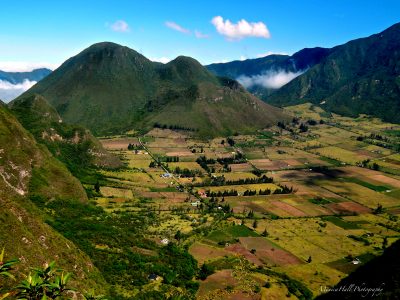
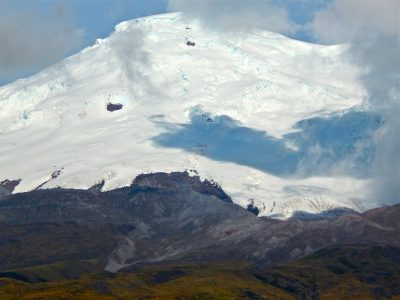
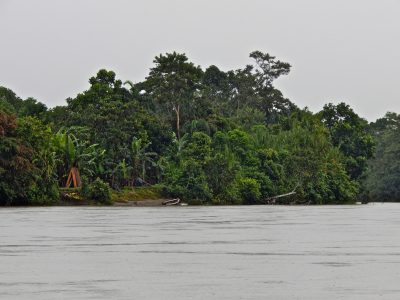
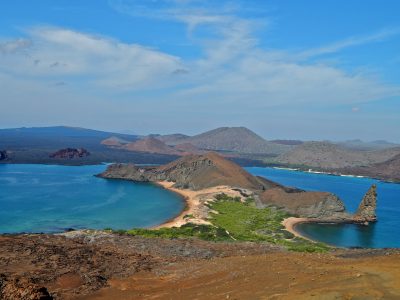
Ceiba’s mission is to help people improve their livelihoods through the conservation of biodiversity. We focus on protecting dry tropical forests along the Pacific coast of Ecuador, and orchid-rich cloud forests in the Andes, two of the most threatened ecosystems on Earth. We believe that conservation of biodiversity will alleviate poverty if rural landowners and communities are empowered to make ecologically-sound land management decisions. Our academic programs train future scientific leaders through participation in field courses, ongoing research, and internships aimed at understanding the importance of global conservation.
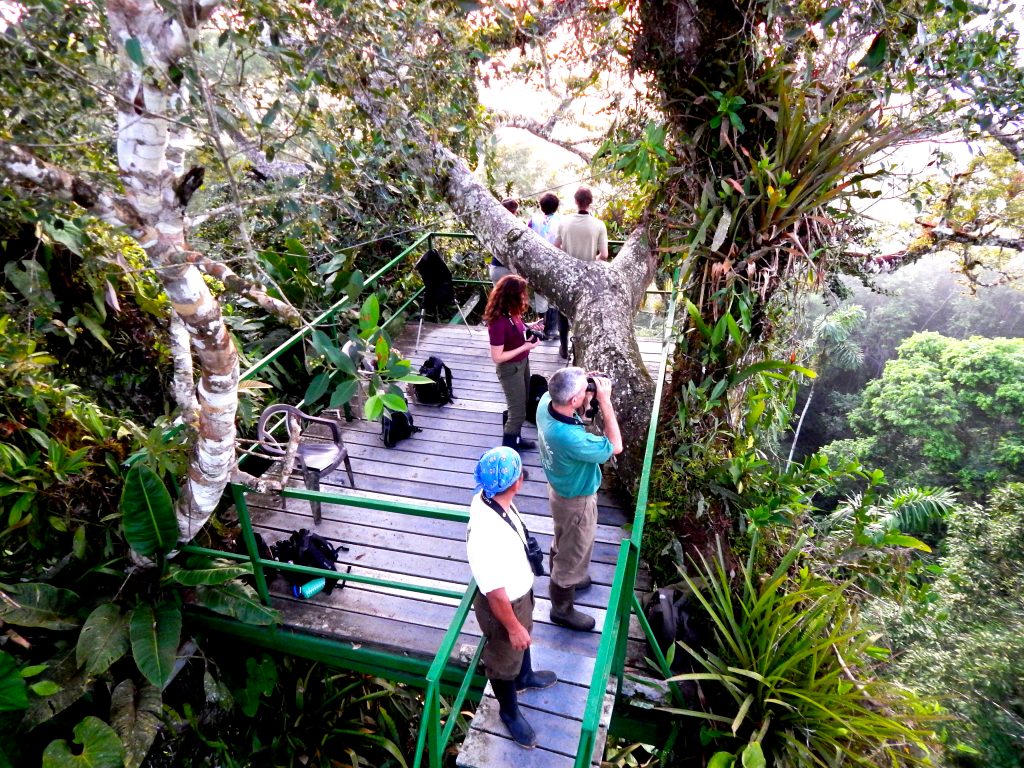
Professor Joe Meisel searches for birds from a canopy tower at the Tiputini Biodiversity Station in the Amazon
Please enjoy the photos below showcasing the biodiversity of Ecuador– from the bird-watcher’s paradise in the cloud forests, to the tropical dry forest, full of endemic species with unique adaptations to combat water loss.
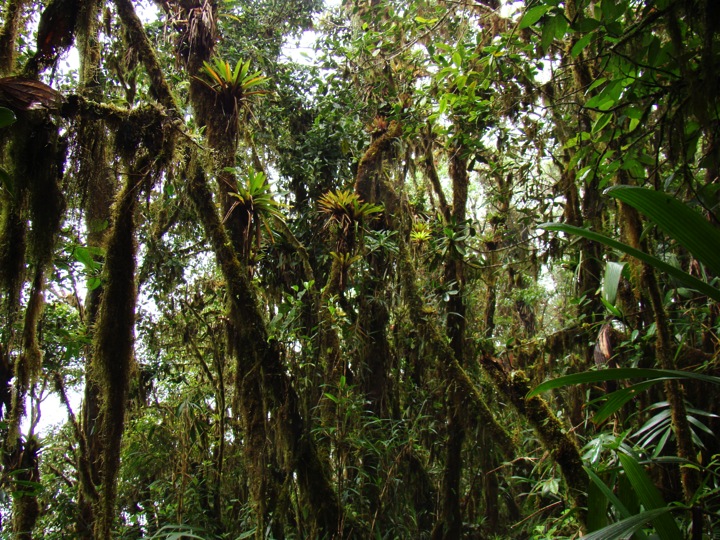

The Amazon Rainforest, home to several different indigenous groups, can be a difficult region to reach but is well worth the trip to see numerous species of monkeys, birds, and perhaps even a glimpse of the elusive jaguar.

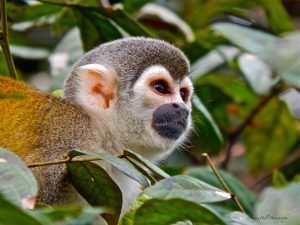
The Galapagos Islands are a haven for marine biodiversity and a showcase of evolution and scientific theories in action. They bring us back to a time before urban sprawl and overhunting– and demonstrate the need to protect endangered species such as the Galapagos Tortoise (Chelonoidis nigra) from human impact.

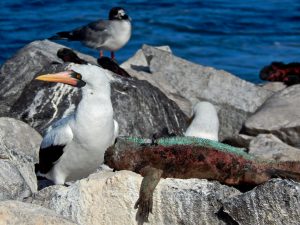
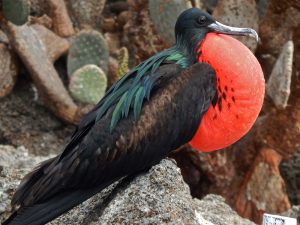
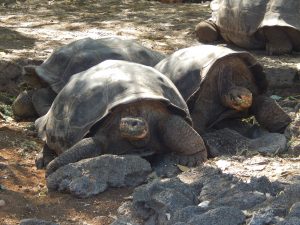
Please visit our donation page to support efforts to protect species such as the Andean Bear (Tremarctus ornatus), the Mantled Howler Monkey (Alouatta palliata).

